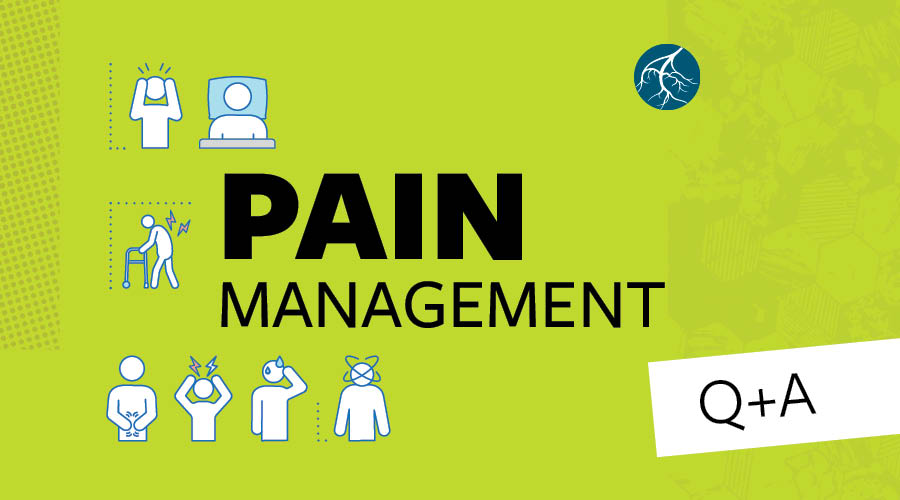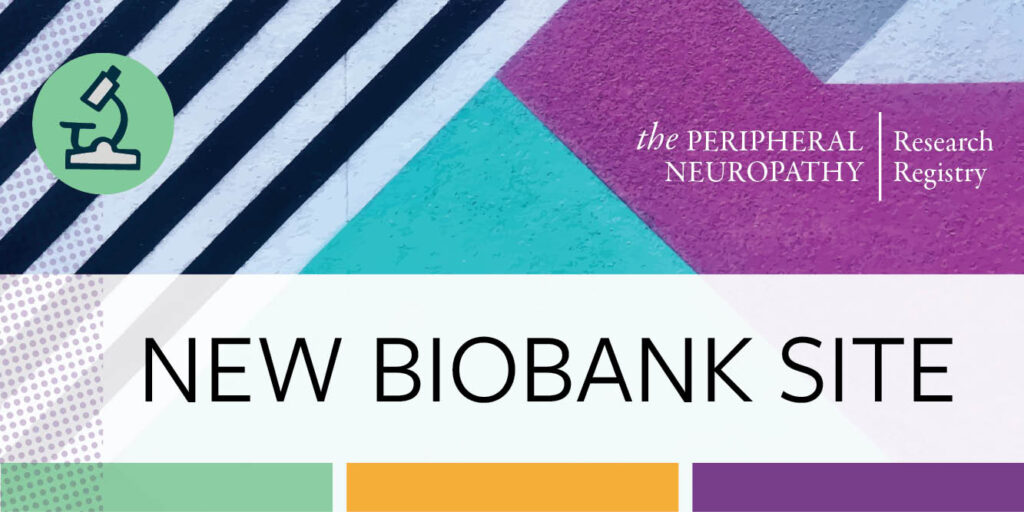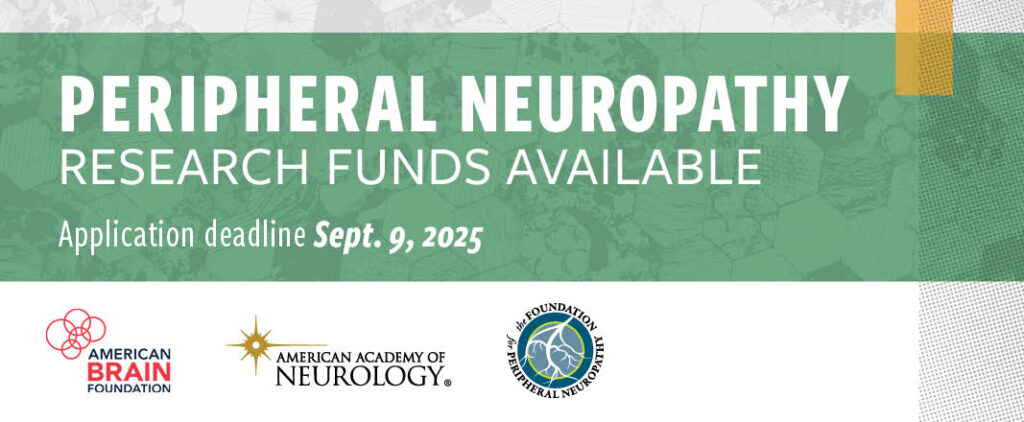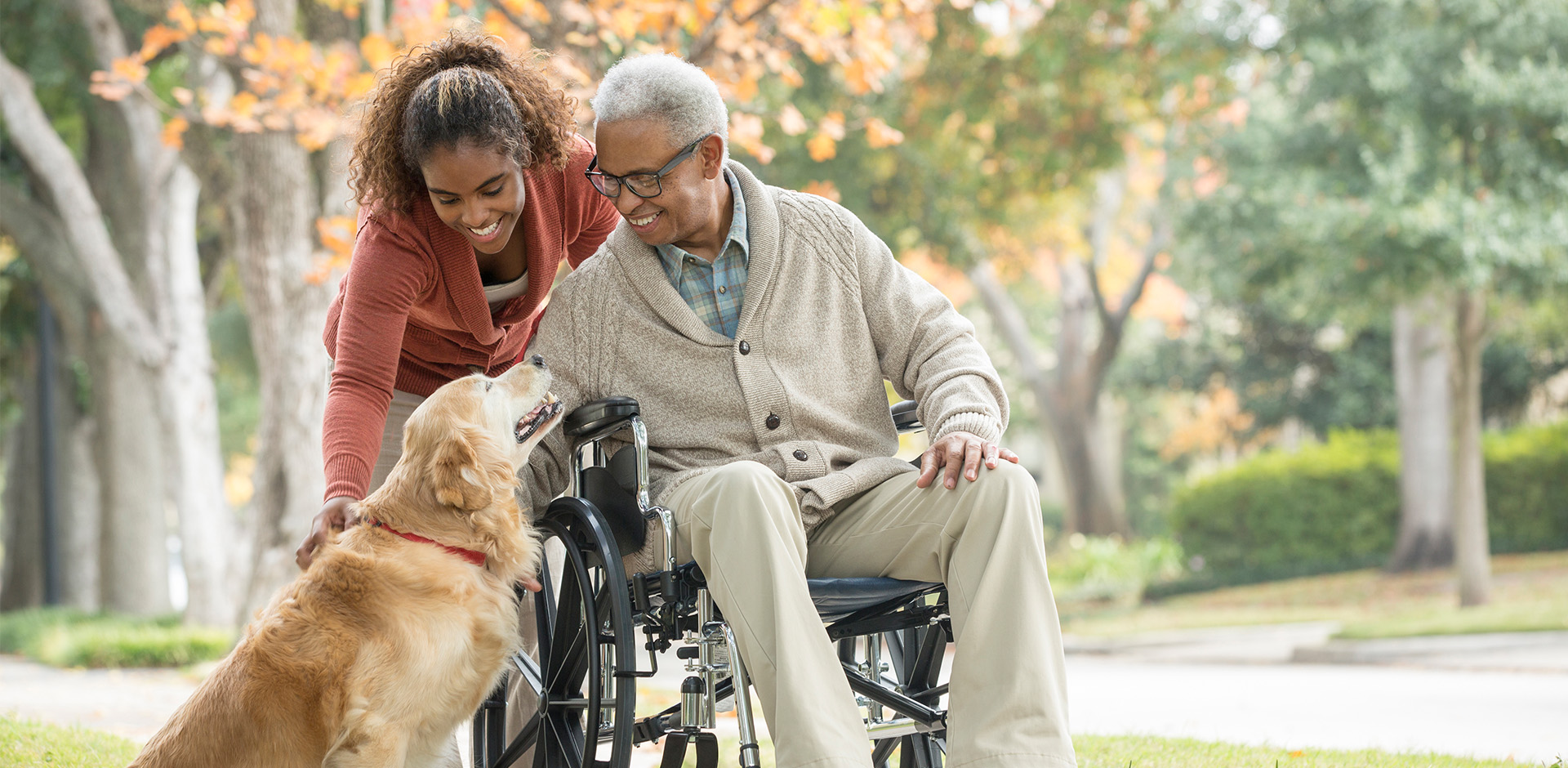Neuromodulation for Refractory Neuropathic Pain
Dr. Brian Kopell, Professor of Neurosurgery, Center for Neuromodulation, Mount Sinai West, and Dr. Shanna Patterson, Assistant Professor of Neurology, Mount Sinai West, spoke with the Foundation for Peripheral Neuropathy about neuromodulation and it how it can help peripheral neuropathy patients. A transcript of the conversation is presented below.
SP: While many patients are familiar with the use of medication for treatment of neuropathic pain, what are some of the neurosurgical approaches for management of pain related to peripheral neuropathy?
BK: The theory behind the treatment revolves around the concept of deafferentation pain and its treatment. Deafferentation pain results when the pathways through the nervous system to the brain are interrupted – which may be due to amputation (phantom limb pain), or other significant injury or peripheral nerve damage. The central nervous system (spinal cord and brain) expect to receive sensations (input) from these nerve pathways. When this nerve transmission is missing, the nervous system responds by making the person feel pain in that area.
By introducing electrical stimulation into the nervous system, we try to ‘replace’ the normal nerve responses and in a way ‘trick’ the brain and the nervous system into believing the usual responses are still coming from that section of the body. As a result pain is sometimes reduced.
The introduction of the electrical responses in this manner is called Neurostimulation or Neuromodulation. Electrodes are placed into the nervous system to mimic nerve responses and change the input from the nervous system to the brain.
There are three types of neuromodulation:
- Nerve stimulation: In the case of peripheral neuropathy, this would be peripheral nerve stimulation where the electrodes are placed directly on the peripheral nerve
- Spinal Cord Stimulation where the electrodes are placed on the spinal cord.
- Dorsal Root Ganglion Stimulation: the newest form of neuromodulation. The dorsal root is part of the spinal nerves which are the connectors of the spinal cord to other nerves in the body. The Dorsal Root Ganglion is that part of the spinal nerve that transmits sensory information (pain, heat, cold, etc.) from the peripheral nerves to the spinal cord and ultimately to the brain. By stimulating these dorsal root ganglions, there is a direct connection between the transmission of sensory information from the nerves to the brain. The stimulation occurs before it reaches the spinal cord.
SP: We often talk about the urgent need to find a cure for neuropathy – do any of these surgical approaches help treat the underlying neuropathy, or just the pain?
BK: Neuromodulation does not restore or regenerate the damaged nerve tissue, but it can reduce the pain or tingling associated with the nerve damage.
SP: Will these approaches help fix numbness associated with neuropathy as well?
BK: Neuromodulation can reduce pain or the tingling feeling. It cannot help the feeling of numbness, or restore normal sensation.
SP: Do these procedures work for all patients – what outcomes data do we have? Are there ways for patients to “try out” a surgically implanted stimulation device on a short term basis to see if it works for them, before committing?
BK: As is the case with pain medication, no treatment works for all patients. However, there have been good results for most patients.
The neuromodulation methods are tested first by externally connecting a device that connects electrodes and thereby sends electric impulses to the designated nerves to determine if and how the patient reacts to the stimulus before the mechanisms are surgically implanted.
Overall, 60-70% of patients experience a reduction in pain or tingling symptoms. Since it is possible to ‘test’ the procedure before surgery, the failure rate of the implanted devices is quite low, because we do not do the surgery to implant the device if it does not help the patient during the trial period.
SP: What is a realistic expectation for pain relief?
BK: It is important to note that the symptoms may not entirely go away. A treatment is considered successful if pain is reduced 50%.
SP: Can these treatments help with pain in both legs?
BK: Yes, the type of treatment will depend on where the pain is and what is affected. While any of the treatment types are possible, if the pain is in both legs, for instance, it is most common to rely on spinal cord stimulation.
SP: Many patients learning about this might ask themselves, “Is this for me?” What are some ways to tell if you might be a good candidate for one of these procedures? Do you need to have been in pain for a very long time before considering surgical stimulation intervention for neuropathic pain? Should you have tried neuropathic pain medications before considering surgery?
BK: Specialists may suggest exploring neurosurgical options in patients who have experienced six months of persistent pain at a level that is interfering with the patient’s quality of life. Medication, diet, exercise and other treatments are advised before any surgical procedure is attempted.
SP: So, it sounds like this treatment may not be for everybody, and it’s really only appropriate to consider in cases where medication and other approaches to pain management have failed over time. That being said, it can also seem frightening to have surgery, especially “neurosurgery.” What are the risks from these procedures?
BK: While there are risks with any surgery related to anesthesia, infection, etc., the risks of the implantation of the devices are quite low. The devices used for neuromodulation are implanted in or near the spinal cord on the patient’s side or back, often in an outpatient procedure. It is not neurosurgery in the same realm as brain surgery, for example. Patients have been tested to make sure the treatment will work before surgery is performed, so the failure rate is very low.
SP: Can the devices be easily removed or the treatment reversed if need be?
BK: The devices can easily be removed and the treatment reversed, although this happens very rarely because the efficacy of the treatments are tested with the devices externally attached to the patient before the device is implanted.
More common is the need to replace the battery rather than the device, as is mentioned later.
SP: What do we know about patients being able to reduce or stop pain medications after having these procedures?
BK: Patients are often able to reduce medication and in some cases stop the medication completely. It should be noted that neuromodulation may reduce the symptoms 50%, not 100%, so some patients may choose to continue a pain management regime at their doctor’s advice.
SP: What are the long term implications after having one of these devices? Do you need regular follow-up? Do devices need to be maintained or replaced after a number of years?
BK: The devices used in neuromodulation have improved greatly in recent years. The biggest issue is the battery life for the devices. There are two types of devices. One is run by a primary battery which lasts 5-6 years before the battery needs replacing. The other type of device has a rechargeable battery which lasts 15 years, but requires the patient to recharge the battery every day. Since the battery is part of the internally implanted device, the patient must wear a recharging pad placed over the place where the device is implanted to recharge the device.
SP: What lifestyle changes if any must the patient make after implantation of the device?
BK: As mentioned above, if the device has a rechargeable battery, the patient must take on the task of recharging the unit on a daily basis.
The devices are not MRI compatible. This means that if you have another health issue in the future where an MRI would ordinarily be recommended as part of the work-up, your physician will have to pick another, potentially less optimal, type of imaging.
Like patients with pacemakers and other devices, patients with neuromodulation devices will not be able to go through the security scans at airports, office buildings, and other check points and thus will be required to follow alternative security procedures which may take extra time and consideration.
Otherwise, since the device is completely internal once it is implanted, there are no other lifestyle changes necessary.
In fact, in spite of these inconveniences, with less pain and greater mobility, the hope is for an overall better quality of life after the procedure than before.
SP: Are neuromodulation treatments covered by insurance?
BK: In most cases, the treatments are covered by insurance. Of course, it is important to confirm this with the insurance provider before undertaking any treatments. The staff of most (if not all) neurosurgery groups offering this procedure would be able to help a patient with the insurance process.
SP: If a patient is interested in exploring whether neuromodulation treatments are a viable option, where should they start? Who should they speak with?
BK: The first starting point for a patient with peripheral neuropathy should always be their neurologist or general healthcare provider. The patient should request a reference for a pain management specialist or a neurosurgeon who specializes in neuromodulation techniques. If patient’s neurologist or primary care doctor is not able to make a recommendation, there is a list of physicians on the North American Neuromodulation Society website that can be a source of reference. The Patient Information Page on the NANS website can be found here.
SP: In addition to learning about what’s available now, it’s also exciting to hear about what the future may hold. What do we know about future directions for the field of neurosurgical approaches to neuropathy-related pain management?
BK: In some cases, the future is now. We are already seeing smaller devices offering better patient interfaces and better nerve stimulation. We hope to see that continue. We are starting to see smart phone apps that can make adjustments to the electric impulses to manage pain relief. We look forward to new forms of electric impulses that are in waves or other formats that are better able to generate the desired nerve impulses as well as offer greater MRI compatibility. Any and all of these advancements are to the advantage of the patient who is trying to manage nerve pain.
SP: We know that patients with chronic pain may be at higher risk for development or worsening of depression. Is there a surgical approach that can help both at the same time?
BK: Neuromodulation techniques that reduce chronic pain can have a positive impact on a patient falling into a point of despair and becoming clinically depressed in general.







